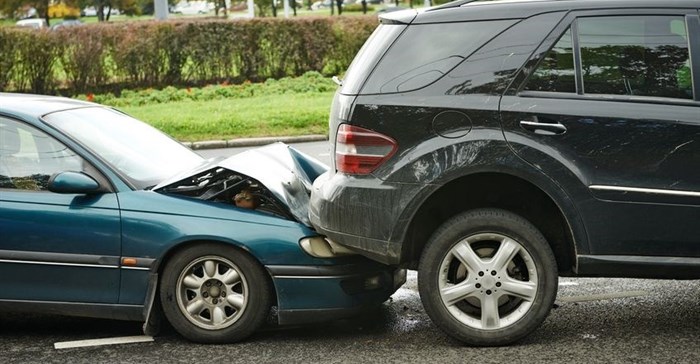The law struggles to keep pace with technological developments. So with the increase of semi-autonomous vehicles - and the prediction that autonomous vehicles (AVs) will be available commercially by 2020 - liability for the actions of AVs is receiving the attention of insurers.
Human error and the road death toll
Over 90% of traffic accidents are caused by human error. According to the World Health Organisation’s global status report on road safety, injuries caused by road traffic accidents claim more than 1,2m lives annually. These have a huge impact on health and development, costing governments on average 3% of GDP. Road traffic accidents are also the leading cause of death for young people aged between 15 and 29 years.
In a driverless car, the most likely cause of accidents would be a malfunction of the vehicles collision prevention system (hardware or software) or that the vehicle encounters driving conditions for which it is not programmed. This has the potential of substantially reducing road deaths.
Whose fault is it then?
Yet conversely, AVs are likely to cause more accidents on the roads initially, says a study conducted by the University of Michigan Transportation Research Institute.
As they are programmed to follow the rules of the road, the AV would stop before a robot and could be rear ended by a human-operated vehicle trying to jump a red light. So they would be 50% more likely to be damaged by human error.
In addition, AVs collect large amounts of data while driving. If it is involved in an accident with a human-driven car, it will most likely deemed to be the latter’s fault, as there would be data available to confirm this fact. Therefore, it will become increasingly more expensive to secure car insurance for human-driven cars in the future.
Death of motor insurance as we know it
As the number of AVs on the road increases, it is predicted that the accident rate will come down. Eventually when only AVs occupy the roads, there will be no accidents that could be caused by human error. This will spell the death of the motor vehicle insurance industry as we know it.
Mckinsey & Co predicts that AVs will redefine the insurance landscape. Car owners will not need insurance for accident damage, but will still need to be covered for theft or loss.
Therefore insurers will shift from individual cover to insuring the hardware and software manufacturers. Coverage will include liability for accidents caused by the malfunctions, computer algorithms that go wrong and cyber breaches.
Three eras of AVs
In terms of their timelines, we will see three eras defining how we use AVs:
- Era 1 period up to 2020: we will see AVs being developed and tested for commercial use.
- Era 2 period from 2020 to 2030: consumers will adopt AVs.
- Era 3 period beyond 2030: where AVs become the primary means of transport.
Making things legal
There is no doubt that this technology presents significant benefits to society and the economy as a whole, and already there have been a number of advances such as rideshares and car sharing that will affect the motor insurance industry in the next five years
It would therefore make sense for car manufacturers to work with government to pass legislation limiting their liability sooner rather than later, thereby encouraging their entry into the AV market. This limitation would also protect manufacturers in product liability suits resulting from modifications made to the AV by a third party.




























